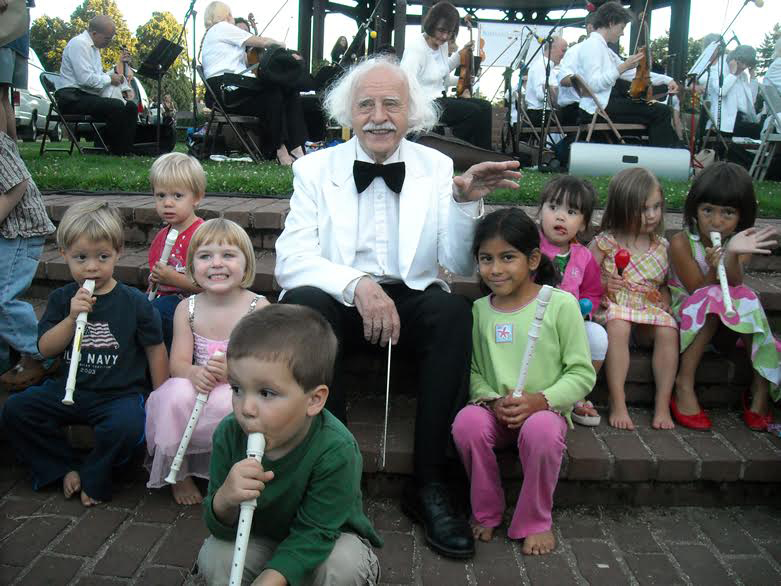The Northwest Film Center is currently shifting focus to classic kung fu cinema. Unlike its contemporaries in Hollywood, the classics are both tragic as well as slapstick—a rarely thought complementary combination.
One night in the opium den makes a hard man humble
The Northwest Film Center is currently shifting focus to classic kung fu cinema. Unlike its contemporaries in Hollywood, the classics are both tragic as well as slapstick—a rarely thought complementary combination. Finding a balance between the overt and serious is the goal of these films, whose aim isn’t merely to humor or entertain audiences, but also to raise moral questions and investigate troublesome topics.
“Opium and the Kung Fu Master” is unlike the others films of the collection in a pivotal way—its plot is extremely unusual for the genre. If the unchallenged grace of the action scenes does not sell the film, the complexity of the storyline will.
Ti Lung, who also stars in “The Avenging Eagle,” is Master Tie Qiso San, an incredible martial artist, teacher and chief of a modest little village that adores his contributions to the safety of its people. However, the peace is soon disturbed when an opium-dealing clan plots to turn the entire town into a jumble of addicts. This seems like an appropriately melodramatic plot for a kung fu movie, where the dealers are the bad guys, clear as day. What separates this plot from others is that the protagonist himself has fallen victim to the drug’s addicting properties. As Tie’s reflexes become dulled, so does his ability to defend the town. With the help of his blind teacher, played by director Tang Chia, Tie attempts recovery.
“Opium and the Kung Fu Master,” directed by and starring Tang Chia, wastes no time bringing viewers into immediate action within the first five minutes of the film. Like any other Shaw Brothers production, the fighting scenes are choreographed artfully and the weapons are tasteful and unusual. Chia’s set design is crisp, colorful and engaging. The best display of cinematic harmony is the Dragon Dance scene, in which masked characters are still able to provoke great anxiety and emotion through other elements such as kinesis.
The music thoughtfully expresses development of the plot; gut-wrenching percussion precedes fight scenes and eerie music, suggesting that the town’s adored chief of militia might be as troubled as he is heroic. Essentially, the film captivates all classic elements of the kung fu genre.
“Opium and the Kung Fu Master” surpasses average kung fu movies with its complexity. There is no black and white, good guy and bad guy distinction. The “good” guy himself falls victim to the “bad” guys’ ways. Beyond common kung fu ideologies such as loyalty, hard work and determination, “Opium and the Kung Fu Master” touches on the obstacles that can stand in the way of such successes. Both its dialogue and especially its cinematic techniques show the effects of the drug and, in turn, its effects on performance. More than an anti-drug message, “Opium and the Kung Fu Master” casts a broader awareness on the imperfection of human beings, even the “good” guys. As kung fu movies are known for their action, their moral messages sometimes fall into predictability. The moral themes of many are prepackaged in common groupings: loyalty, altruism and the like. Yet Chia’s film is revolutionary. It defeats the binary good versus evil, giving a fresh face to kung fu that all fans should make a point of seeing. ?




